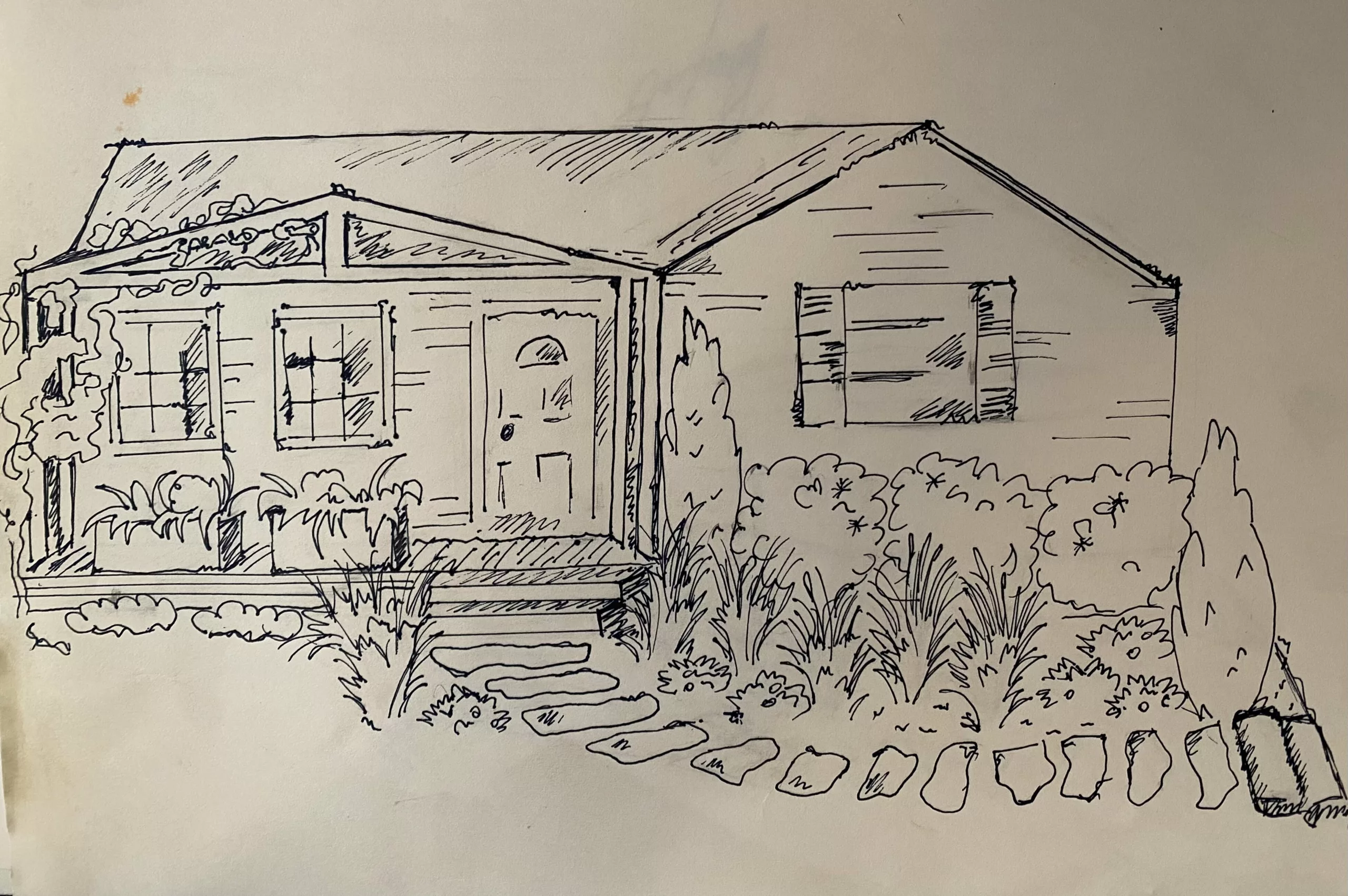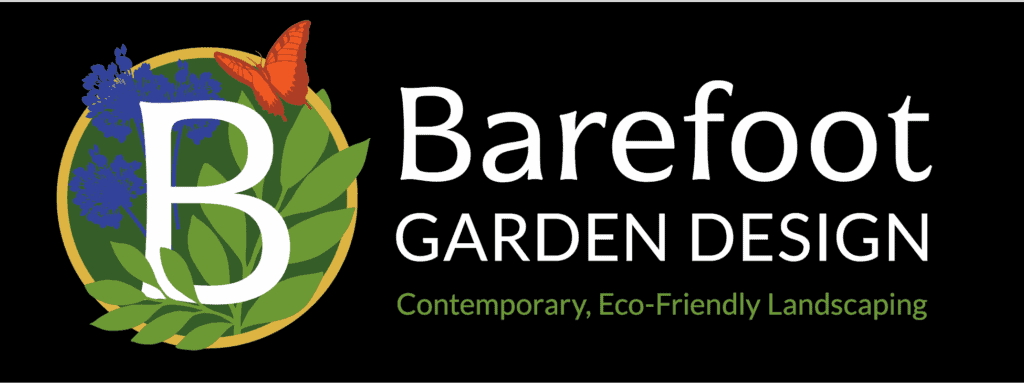For all my new home-buyers and whole yard make-over-ers, these landscape design tips go out to you…
How to start landscaping from scratch can be a rather daunting task. A blank canvas leaves a LOT of room for mistakes. And if you have no idea where to even start? Forget about it…
Never fear, first timers and new home buyers, Barefoot Garden is here! We compiled some of our basic landscape design tips to get you started (and maybe save some time and money)

Tips for Starting Your Design
Purpose
To begin a design, the first thing to consider is identifying the purpose of your outdoor space. What activities do you plan to do (or not do) in this area? Thinking about what the space will be used creates a great direction for your design.
For example, are you creating new foundation plantings for your house? Foundation plants should be evergreen, appropriate size to cover your foundation, and have a low flammability score. Low flammability plants should also be used around patios. Keep in mind that around patios, we want to reduce insects. If you want to help the bees, try designating specific areas for pollinator-friendly, flowering plants.
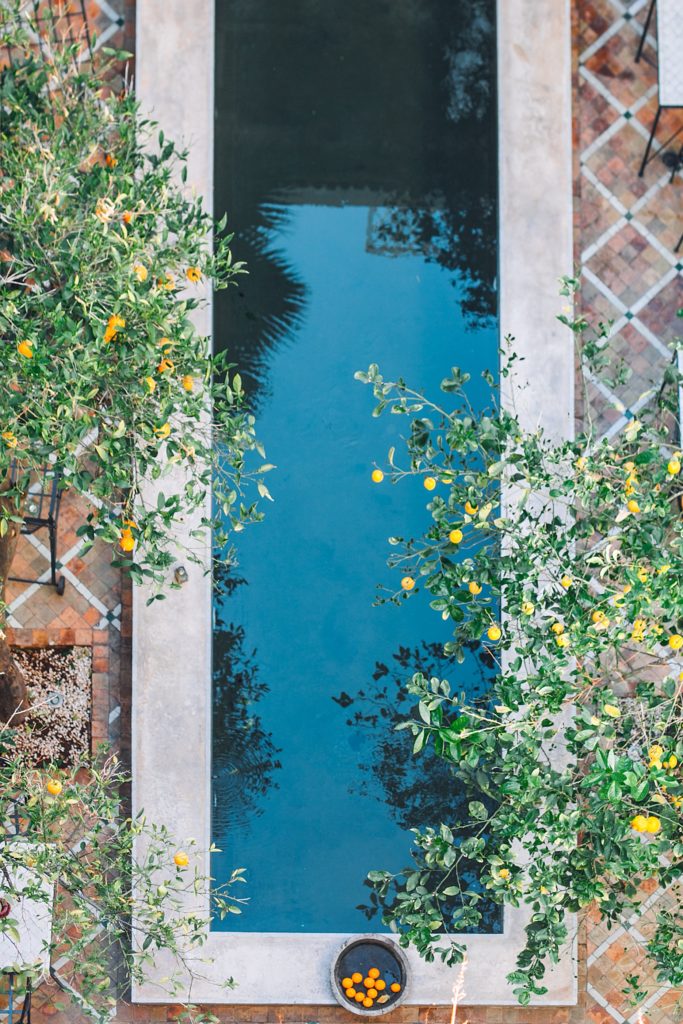
Maintenance
Before considering the design of a space, it’s important to consider what level of maintenance the area will receive.
Maintenance includes all the weeding, fertilizing, pruning, replanting, and divisions a plant or garden space will need. Areas that need to look full and pristine will do well with bulky groundcovers to choke out weeds. However, raised beds don’t need groundcovers (or weeds) to compete with nutrient-demanding, vegetable producing plants.
Personally, I don’t like pruning my foundation plants multiple times a year, so I choose low maintenance plants and designs for those areas. On the other hand, a pollinator garden is one of my favorite places to be, so creating a design that calls for weeding or higher maintenance plants is no problem.
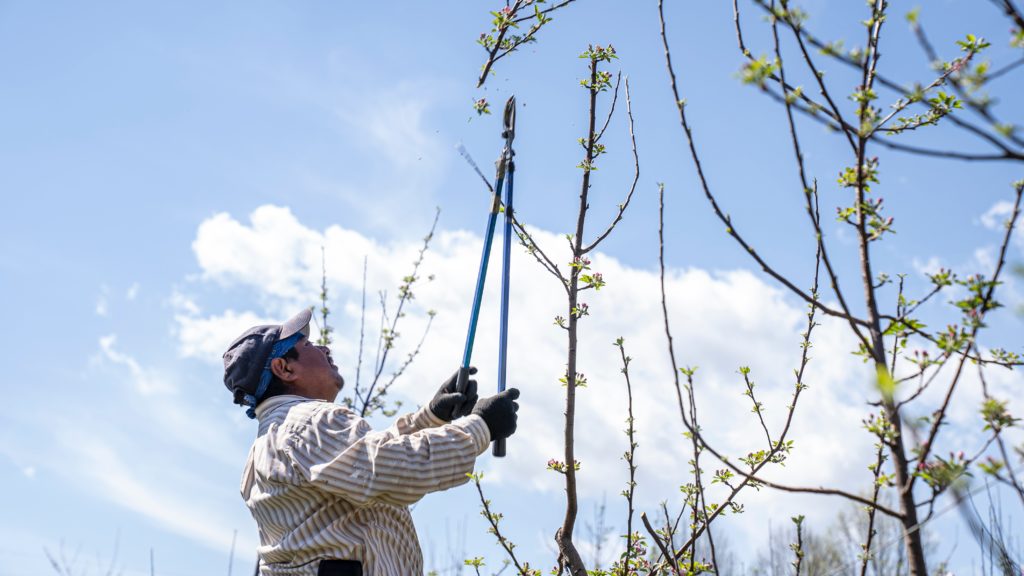
Design
Creating a garden design, no matter how big or small, is one of the most exciting– and daunting– tasks for landscaping. While we can’t give away all our secrets, we can offer a few nuggets of advice that should make getting going less painful.
Space
Deciding on the maintenance and purpose, lets you know how much space there is to fill in. Be sure to select plants that will fill in the entirety of the space as they mature. If the plants fill in the space right after installation, next summer the garden will be seriously overcrowded!
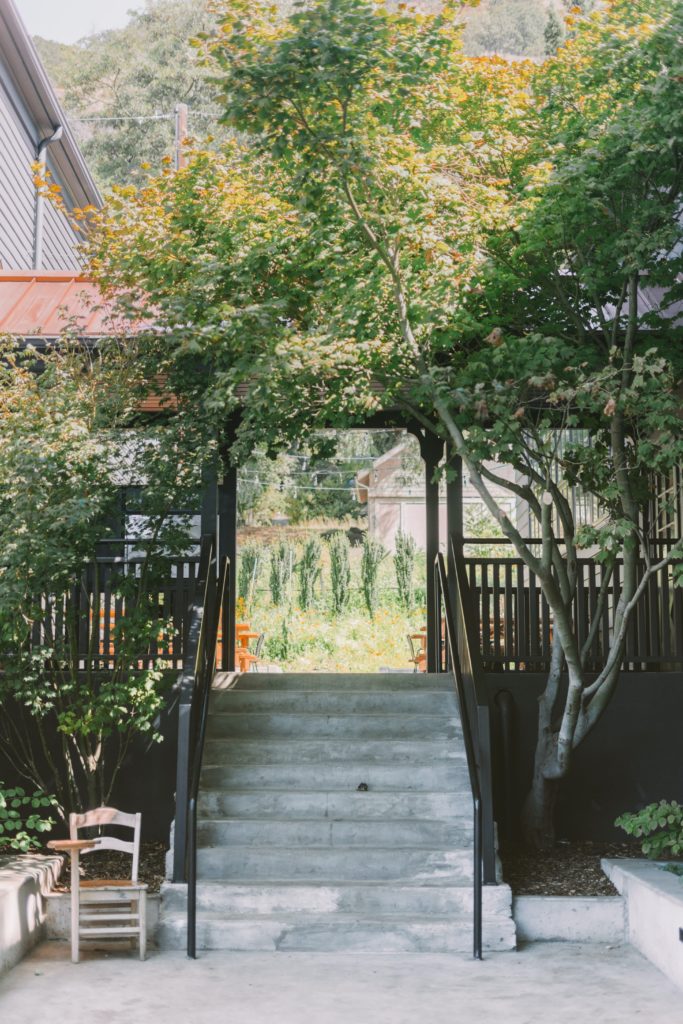
Dimension
As with all good art projects, visibility is key in your landscape design. That means to layer plants into the foreground. Start by putting taller plants, such as trees, trellised vines, and tall shrubs in the background. Next, fill in the middle ground with lower-growing shrubs, funky grasses, and perhaps a few tall annuals. Finally, in the foreground, have flowers, groundcovers, or other low growing plants.
Dimension can also mean the number of plants in a design. A very important rule of thumb is to always plant in odd numbers. Choosing to plant 1, 3, 5, etc helps create the most balance in a design. And balance helps create harmony, which is a key part of any pleasing design.
Texture
When creating a landscape, there’s one color we can count on incorporating– green! That’s why texture plays an especially fun role in landscape design.
A sea of green doesn’t have to be boring! Consider different leaf “finishes”. Is it fuzzy, smooth, shiny, waxy? Shape plays a role in texture too. Some leaves are broad, flat, oval or circular, finely dissected, wispy, thin, or fan-like. Consider what textures might compliment your space best. And, most importantly, which ones YOU like best!
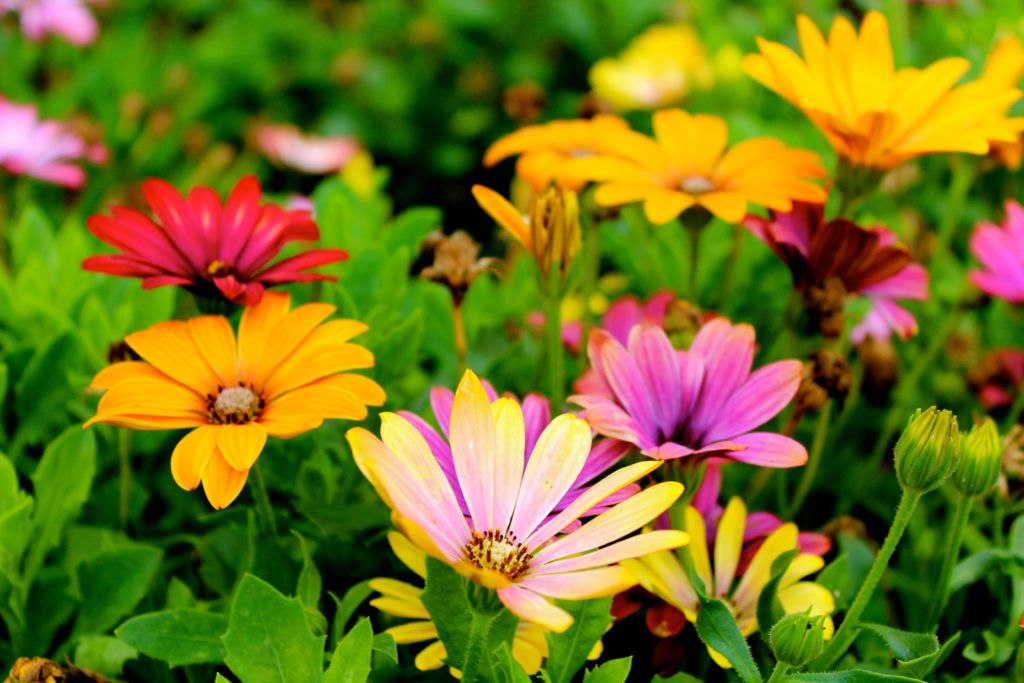
Color
One of the most personalized parts of any design is choosing what colors will be the theme. Have fun choosing a monochrome garden, a mix of complementary colors, or something in between. In fact, most designers will often choose colors that contrast with each other. This helps all the plants stand out more.
Implementing Landscape Design Tips
Start Slow
Don’t expect to get every plant installed and pruned in a single afternoon. It’s best to start small and then slowly add to the garden. Working slowly allows designs to be tweaked and adjusted based on what works best.
In addition to starting slow, install the design from largest to smallest. Start by planting larger specimens, such as trees and shrubs. These plants need more space to grow. Once the larger plants are in the garden, it’s easier to fill in the middle and foreground.
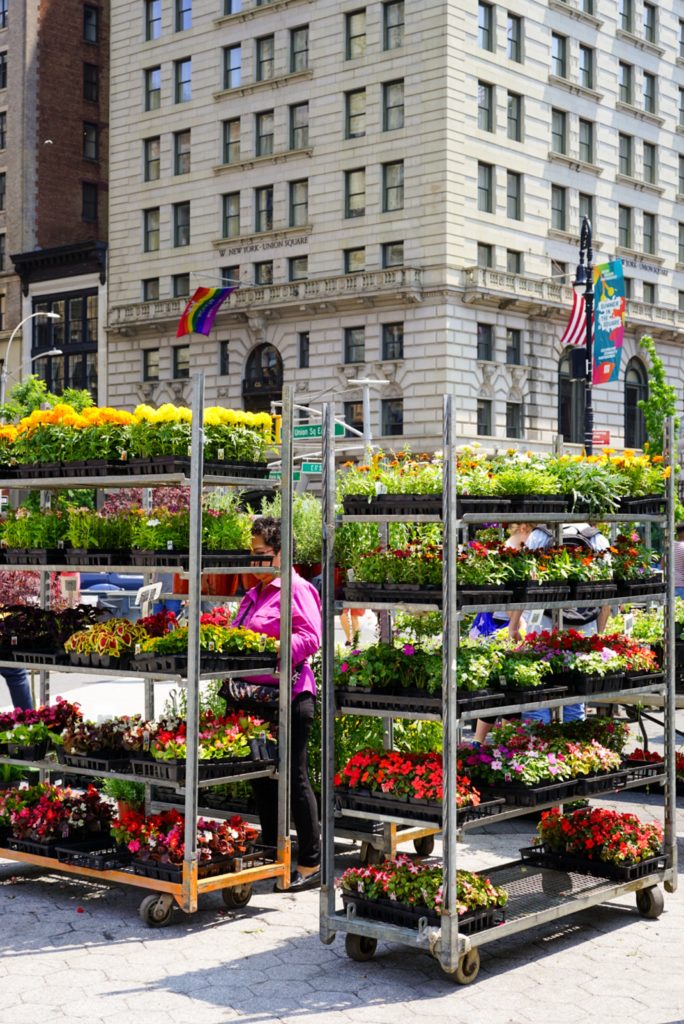
Opt for Quality not Quantity
When buying landscape plants, the plant prices at big box stores may make it pretty tempting to purchase. However, these plants are not usually in robust health, and oftentimes wilt or even die after transplantation. Not to mention, to plants looking healthy, they’re often sprayed with tons of chemicals.
In the spirit of starting slowly, opt for buying fewer, higher quality plants over several planting seasons. It’ll save money in the long run to not spray, fertilize, and replace sickly plants every year. For more tips on planting, check out our post on the best time to plant!
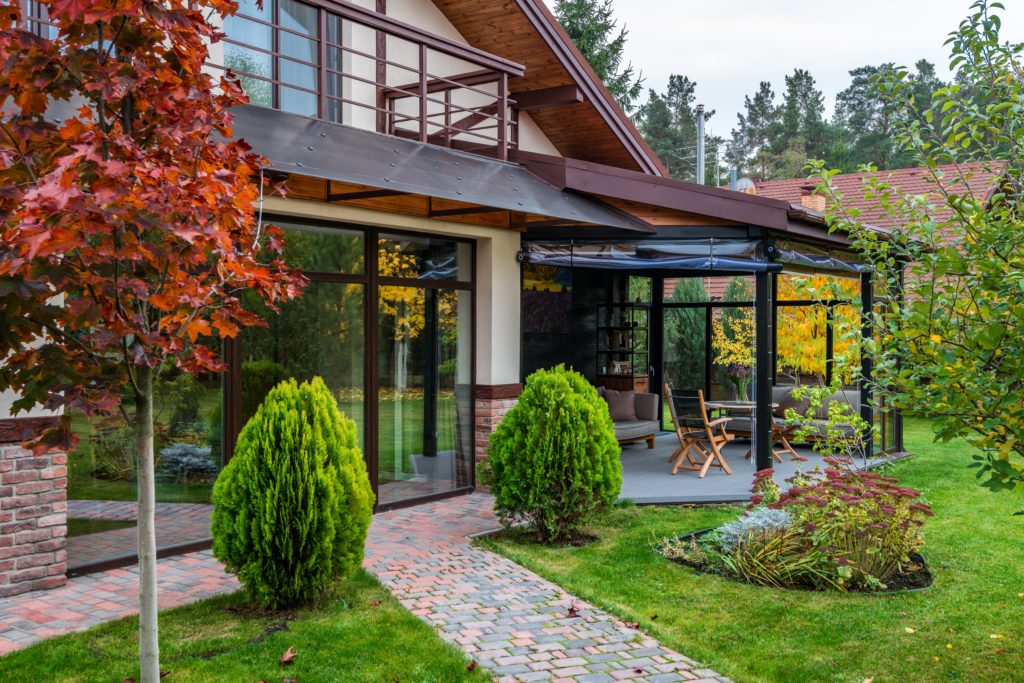
Conclusion
In conclusion, designing your own landscape, whether for a tiny kitchen bed, or a whole yard, can be a daunting task. However, if we keep in mind our basic art-class principles, we’re all capable of creating beautiful, enjoyable gardens.
Liked this post? Let us know on social media! Like and follow us to get notified as we start a new series on Landscape Design Principles!



